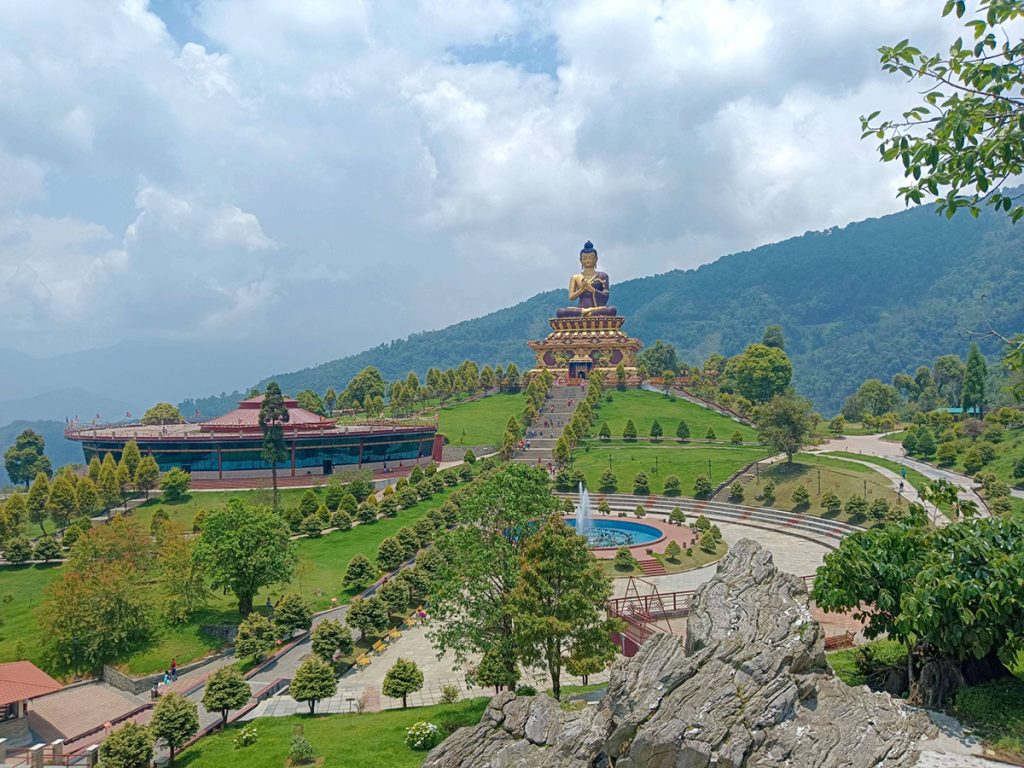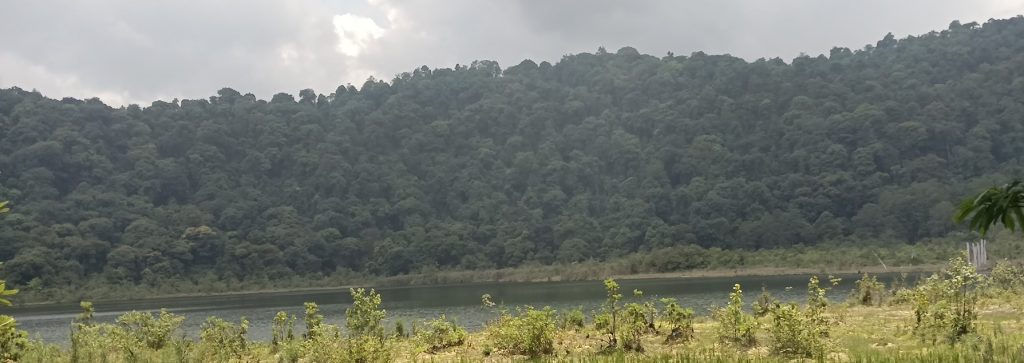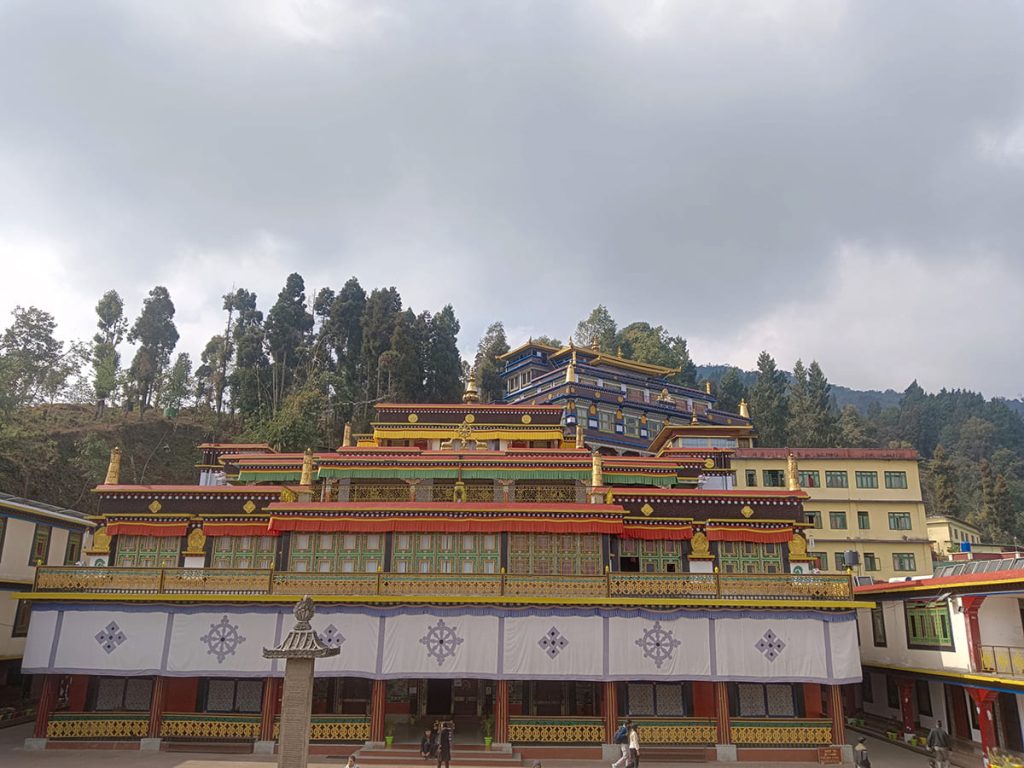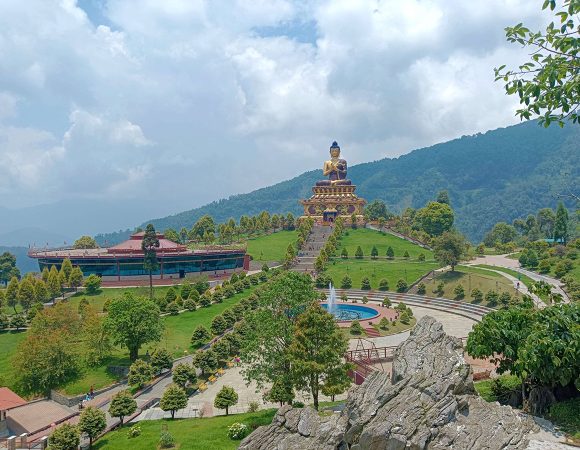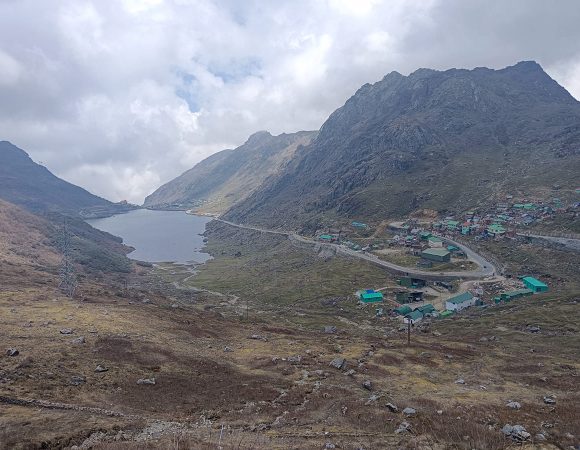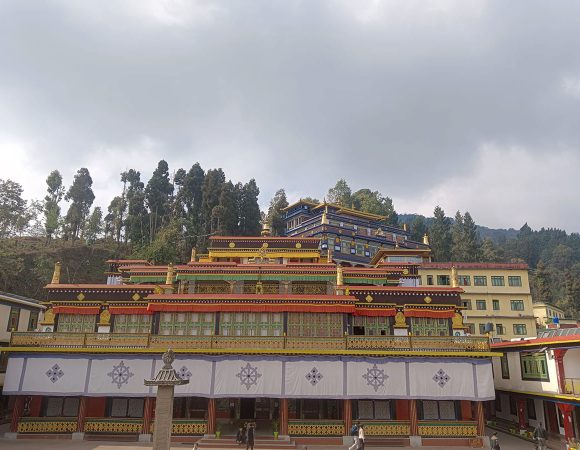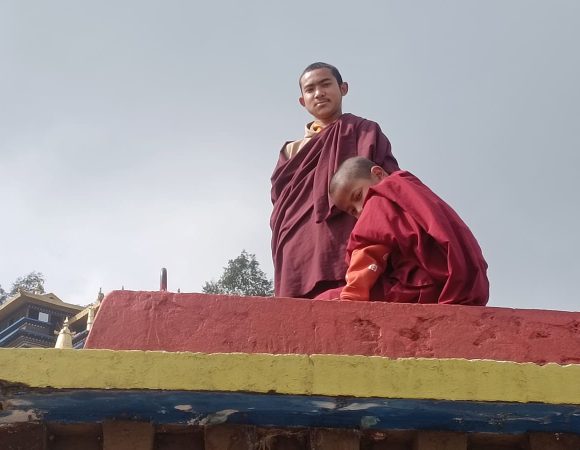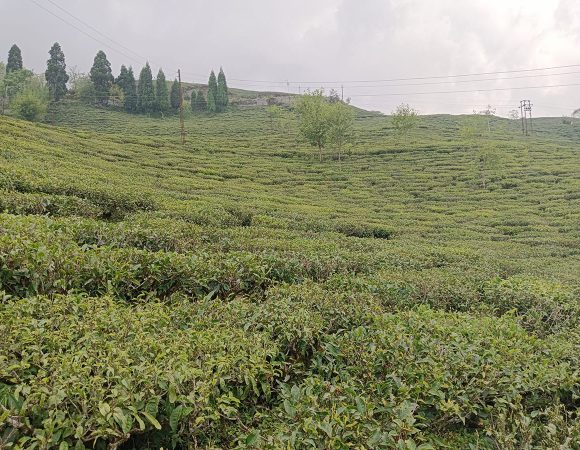Overview
Sikkim is a land of dramatic contours. Rugged mountains, deep valleys and dense forests consort with raging rivers, lakes and waterfalls to create a visual feast. The state has the steepest rise in altitude over the shortest distance and has within its 7,096 sq. kms the entire climatic range, from tropical to temperate to alpine. Located between these towering mountain ranges are passes like Nathu-la, Jelep-la, Cho-la and many others which were at one time important corridors of passage between Sikkim and Tibet. Floating high over the cloud-covered lower Himalaya, Mt. Khangchendzonga dominates the landscape of Sikkim. At 28, 208 ft. is the third highest mountain in the world and the highest in India.
The capital city Gangtok accounts for its importance in the cities of the state. It is incredibly beautiful, exuberant, and blessed with a culture and history that is adjunct to the pride of Sikkim. In the month of March-May, the fragrance of rhododendron mixes in the air of the city and attracts many visitors. The city satisfies everybody as a hill station with a perfect blend of culture and modernisation. Some of the religious sites in the city are Enchey Monastery, Ganesh Tok, Do Drul Chorten Rumtek Monastery, etc. For a more magnificent look from a higher altitude, visit Ganesh Tok and Tashi viewpoint for the enticing aerial view.
Tsomgo Lake is situated approximately 40 km far from the city of Gangtok, which makes it a 2-hour journey. It’s also among the very famous places in Sikkim. It’s an astonishingly beautiful lake of the glacier which is depicted by its name ‘Tsogmo’ which means ‘Source of Water’. The lake is also among the highest situated lakes in India which adds more pride to Sikkim tourism. The flora and animals found around the lake include Primulas, yellow and blue poppies, Irish, Yaks and Ponies, and migratory ducks – Brahminy. The lake reflects the snow-covered mountains present around it, the most appropriate time to visit the lake is from January to March.
Nathula Pass is approximately 53 km from the capital city, Gangtok. This is an important place in Sikkim from tourism as well as political point of view as it joins India to Tibet. This is also why there’s a beautiful blend of cultures of both the countries in this place. A famous trade market is located on the border, known as the Sherathang. This market has a treasure of sovereigns and Tibetan items, one can buy to take back home. A place known as the Kupup, located near Nathula Pass gives tourists an out-of-the-world experience; the place is always located under the clouds and makes you feel like you are in the sky.
Gyalshing is around 120 km away from the capital Gangtok and is the close to Siliguri (around 130 km), which is gateway to enter in Sikkim from West Bengal. The nearest railway station is New Jalpaiguri (NJP) (around 140 km) and nearest Airport is Bagdogra (around 145 km) from Gyalshing. The Akar Bridge, Jorethang and Legship bazar are two the entry point to West District from South Sikkm.
Simple and religious people, some of the oldest monasteries, great scenic beauty, agricultural society and peace & tranquility is the identity of West Sikkim and it is known as fastest growing industrial area. Dubdi Monestry in Yuksum and Kagju Gumpa in Uttarey are among the oldest monasteries of West Sikkim. Other important places are Pelling, Yuksum, Dentam, Hee Bermiok and Soreng. Gyalshing, Dentam,Yuksum and Soreng are sub-divisions of the district and Pelling, Tashiding, Rinchenpong and Sombaria are important towns. Rabdentse Bird Sanctuary, which is around 8 km from Gyalshing at an altitude of 6200 ft, is the one of the high altitude sanctuary in Sikkim, spread over 6 sq.kms of area.
South Sikkim is a popular destination for nature lovers and those seeking a more tranquil escape from urban life. The district is home to Namchi, its capital, and other notable places like Ravangla and Borong, which promote village tourism. South Sikkim also boasts the Buddha Park and Samdruptse, along with the Khangchendzonga National Park.
Perhaps the most beautiful of the districts, the North offers an exquisite experience for the lover of Nature and alpine scenery. Yumthang alone is enough to satiate the most demanding, with its panoramic Valley of Flowers. During springtime the lush meadows abound with delicate wildflowers that carpet the Valley floor in a rich riot of colors. A must-see here are the Hot Springs and the vibrant Sikkimese tribal culture and customs. 67 kms from Gangtok is the Mangan District Headquarter of North District. A three day music festival is held at Mangan in December every year.

